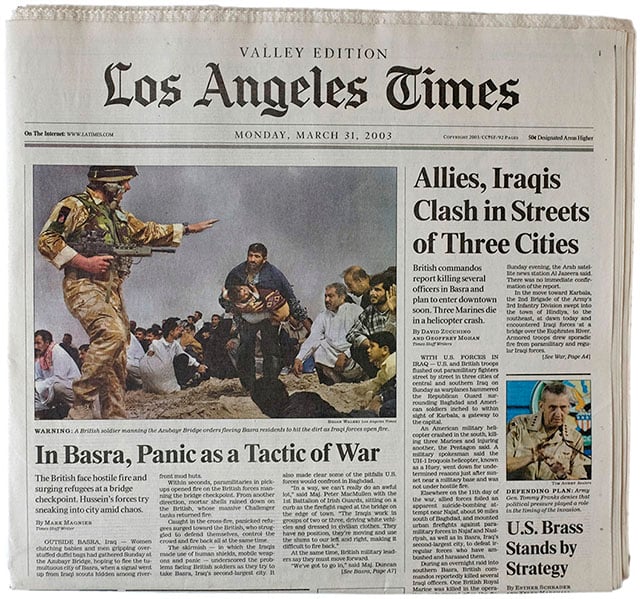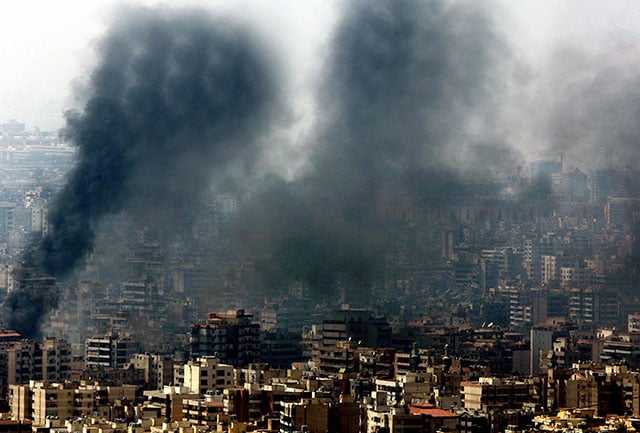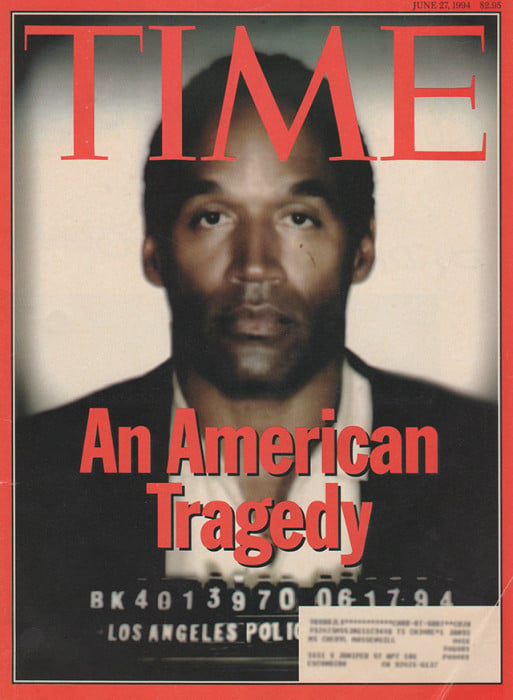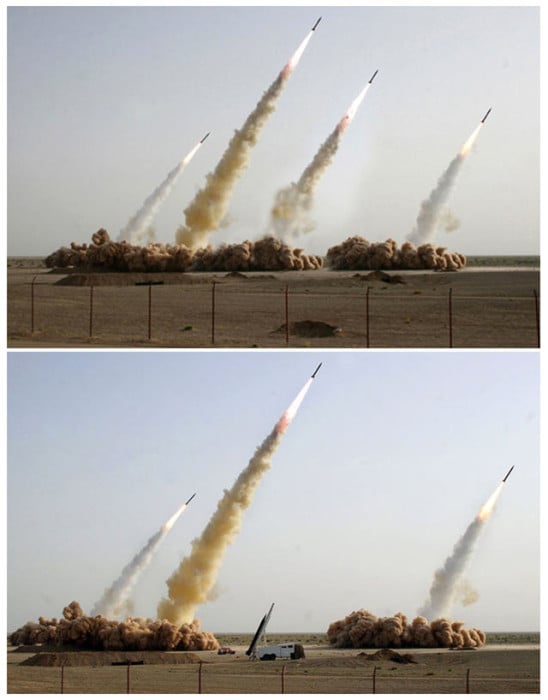Famous Photos That Were Controversially Altered Like Kate Middleton’s
![]()
The shock news that Kate Middleton’s edited her own photo amid rumors of her whereabouts and well-being has seemingly gripped the world this week. But this is far from the only time there’s been a media photo editing scandal.
While image manipulation is readily accepted in some areas — such as conceptual photography and Kardashian family photos — pictures circulated by major news agencies such as The Associated Press (AP) cannot be altered and must be true to reality.
It is this code of ethics that led AP and others to issue a rare “kill notice” on Kate’s Mother’s Day family portrait. But what other instances have there been when a photo was altered when it shouldn’t have been? PetaPixel takes a look.
British Solider Yelling at Iraqis
Los Angeles Times photographer Brian Walksi was fired from his post in 2003 after he admitted to manipulating an image of a British soldier with a group of people in Iraq to improve the picture’s composition.
The two photos that were merged together were taken seconds apart but Walski later used his computer to combine the two. After sending it to the LA Times, the newspaper ran the photo on the front page with the headline “In Basra, Panic as a Tactic of War”.
![]()

The Associated Press Stops Working With the Pentagon
In a case that has echoes of the Kate Middleton story, The AP suspended the use of U.S. Department of Defense photos after the photo agency was handed an altered photo of General Ann Dunwoody leading them to issue a kill notice on it.
The 2008 photo of Gen. Dunwoody shows her in front of the U.S. flag which was Photoshopped into the frame. It was put out to mark her recent promotion to a four-star general which at the time made her the highest-ranking U.S. female military officer.
The AP said that adjusting photos “damages the credibility of the information distributed by the military”. But not long after they began accepting images from the military again but with extra scrutiny of the photos.

Reuters Photographer Manipulated Photos Taken in the Middle East
In 2006, Reuters photographer Adnan Hajj used Photoshop to clone and darken smoke pouring from Lebanon after a bombing by Israeli warplanes. The incident was dubbed “Reutersgate.”
The photo was called out for “blatant” use of the Photoshop clone stamp tool and Reuters took swift action to remove the image. However, Hajj claimed that he didn’t alter the photo and was merely trying to remove “dust marks.”
![]()

Time Magazine’s OJ Simpson Cover
Amid the drama of the infamous O.J. Simpson story in June 1994, Time magazine published a widely-criticized front cover in which they had taken the LAPD’s mugshot and altered it substantially by giving the picture a much darker, sinister feel.
Time initially sought to defend its front cover by calling the image a “photo illustration.” However, Time’s managing editor Jim Gaines later expressed his deep regret.
![]()

The Missing Pole From the Kent State Massacre Photo
On May 4, 1970, student photographer John Filo captured a dramatic shot of Mary Vecchio screaming as she crouched over the slain body of Jeffrey Miller on the day of the Kent State shootings.
Filo won the 1971 Pulitzer Prize for Spot News Photography for his photo. However, subsequent versions of the image would feature a missing pole from the background and published by Time, People, and Life.
An anonymous editor airbrushed the fence post above Vecchio’s head and somehow that version made its way into circulation. Life apologized for running the altered image.
![]()
![]()
Iran State Media Photoshops an Extra Missile
In 2008, major picture agencies such as Agent France-Presse were forced to retract an image obtained from Iranian state media that showed an altered picture of a missile launch.
One of the missiles had failed to launch so the media arm of the Iranian Revolutionary Guards simply Photoshopped it so it had launched. The picture ran in The New York Times, BBC, The Financial Times, and many more.
